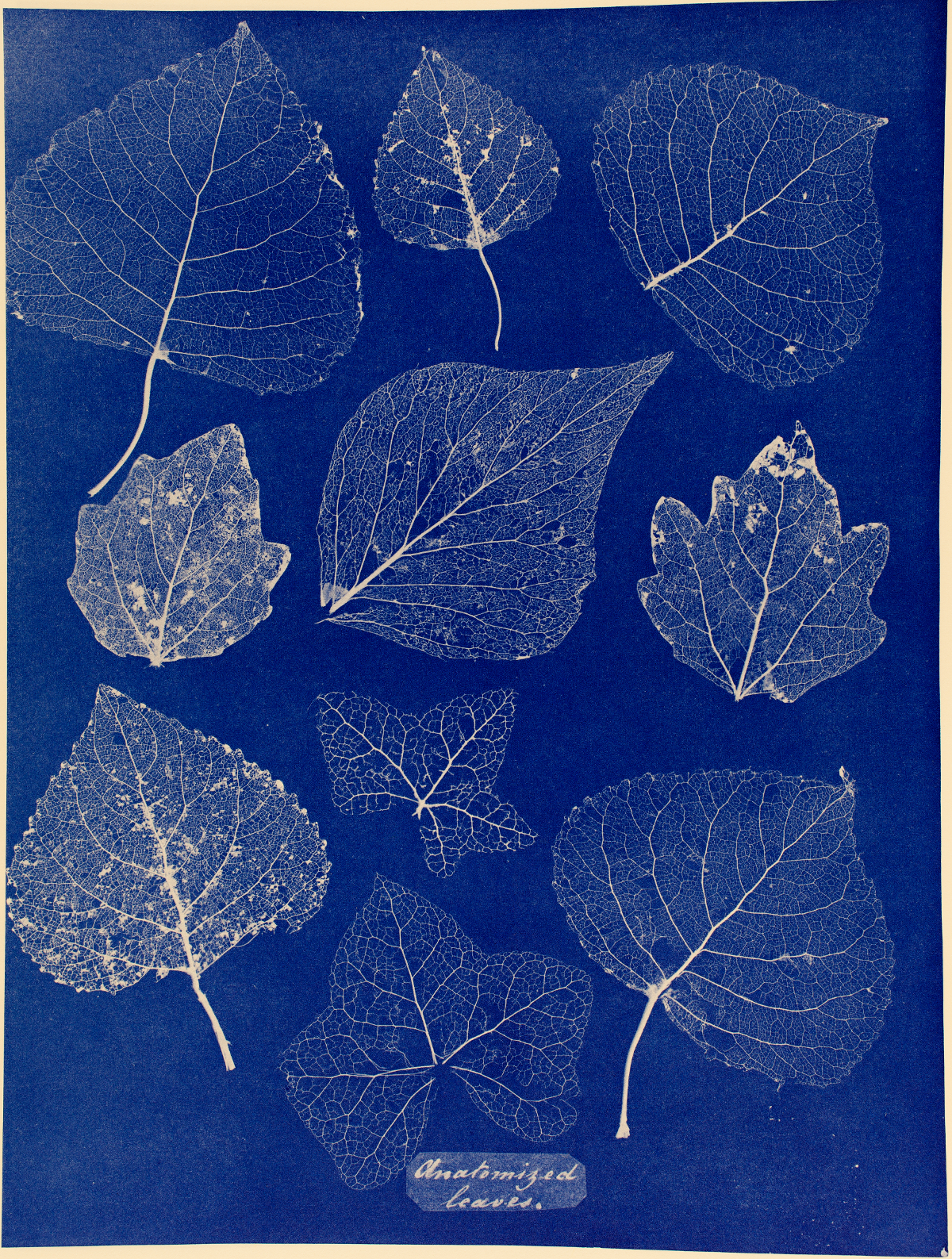The science of photography
The world today is awash in images. Everyone has a camera, including anyone that owns a smartphone. Nearly everyone can create a photograph, and almost instantly distribute it via online applications and cell phone apps. It hasn’t always been like this. Before 1839, there were no photographs. Even the word “photograph” did not exist for all but very few people.
In the 1790s, Thomas Wedgewood, child of a long line of pottery manufacturers, worked with Humphry Davies, a chemist, to capture images on paper sensitized with silver salts. They could capture the images; however, they could not keep them as they never discovered a means of fixing the image by desensitizing the photo-reactive metallic salts on the paper. Because of this, images would be ruined if viewed in any but the dimmest of lights.
 Fortunately, Sir John Herschel found an answer. Herschel was a man of great talent and many interests. He worked in mathematics, astronomy, chemistry, botany and for a time, he was an experimental photographer. He discovered that hyposulphite of soda (now known as sodium thiosulfate but still nicknamed "hypo") dissolved silver halides, the metallic salts that remain after light converts some of the salts back into metallic silver. Once dissolved, the metallic salts may be washed out of the paper leaving a more or less permanent image.
Fortunately, Sir John Herschel found an answer. Herschel was a man of great talent and many interests. He worked in mathematics, astronomy, chemistry, botany and for a time, he was an experimental photographer. He discovered that hyposulphite of soda (now known as sodium thiosulfate but still nicknamed "hypo") dissolved silver halides, the metallic salts that remain after light converts some of the salts back into metallic silver. Once dissolved, the metallic salts may be washed out of the paper leaving a more or less permanent image.
But Herschel, having become interested in fixing images through the action of light on metallic salts, did not stop there. He continued to experiment with various vegetable extracts and mineral salts. The cyanotype became the most successful process, using iron and cyanide salts. When exposed to ultraviolet light, the iron is reduced to an insoluble, blue dye (ferric ferrocyanide) known as Prussian Blue. The unexposed salts can be washed out of the paper leaving a permanent, positive, blue-scale image.
Philosophical Transactions of the Royal Society of London published Herschel’s “On the Action of the Rays of the Solar Spectrum on Vegetable Colours, and on some new Photographic Processes” in 1842. In this work, Herschel described how to create cyanotypes.
Less than a year later, Anna Atkins began self-publishing “Photographs of British Algae: Cyanotype Impressions.” Atkins was the daughter of John George Children, a scientist and a Fellow and Secretary of The Royal Society. Her work is extraordinary for three reasons. Anna Atkins became the first woman photographer in the world. Second, her book was the first entirely produced through photography. Third, this was the first scientific work illustrated by directly duplicating the algae being described.
Each three-volume work contained at least 400 prints and she produced at least a dozen copies. Atkins issued the work as a part-book, that is, a set number of pages would be printed and sent to subscribers. It was up to the subscriber to collate and bind the resulting pages. Producing this volume of prints consumed nearly ten years of her life.
LSU Libraries does hold a work about British Algae. This publication, Sun Gardens – Victorian Photographs by Anna Atkins, (1985, Larry Schaaf), includes a great deal of information about Atkins herself and her work, along with other photographic works she created after completing British Algae.
Mark Martin is the photographic processing archivist at LSU Libraries and author of Andrew D. Lytle's Baton Rouge: Photographs, 1863-1910 (LSU Press, 2008).
